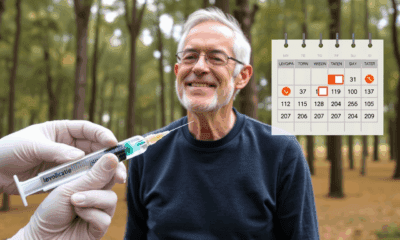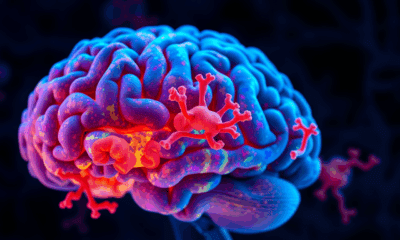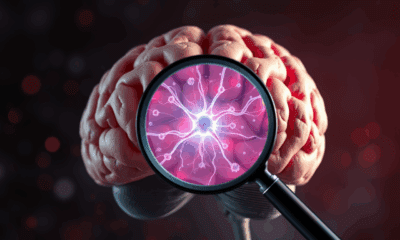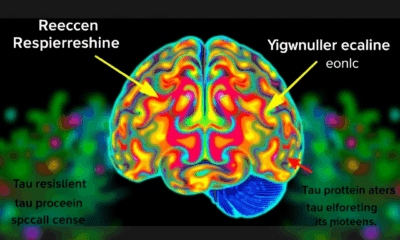While we try to keep things accurate, this content is part of an ongoing experiment and may not always be reliable.
Please double-check important details — we’re not responsible for how the information is used.
Education and Employment
The Complexities of Happiness: A Multifaceted Approach
What is the secret to happiness? Does happiness come from within, or is it shaped by external influences such as our jobs, health, relationships and material circumstances? A new study shows that happiness can come from either within or from external influences, from both, or neither — and which is true differs across people.
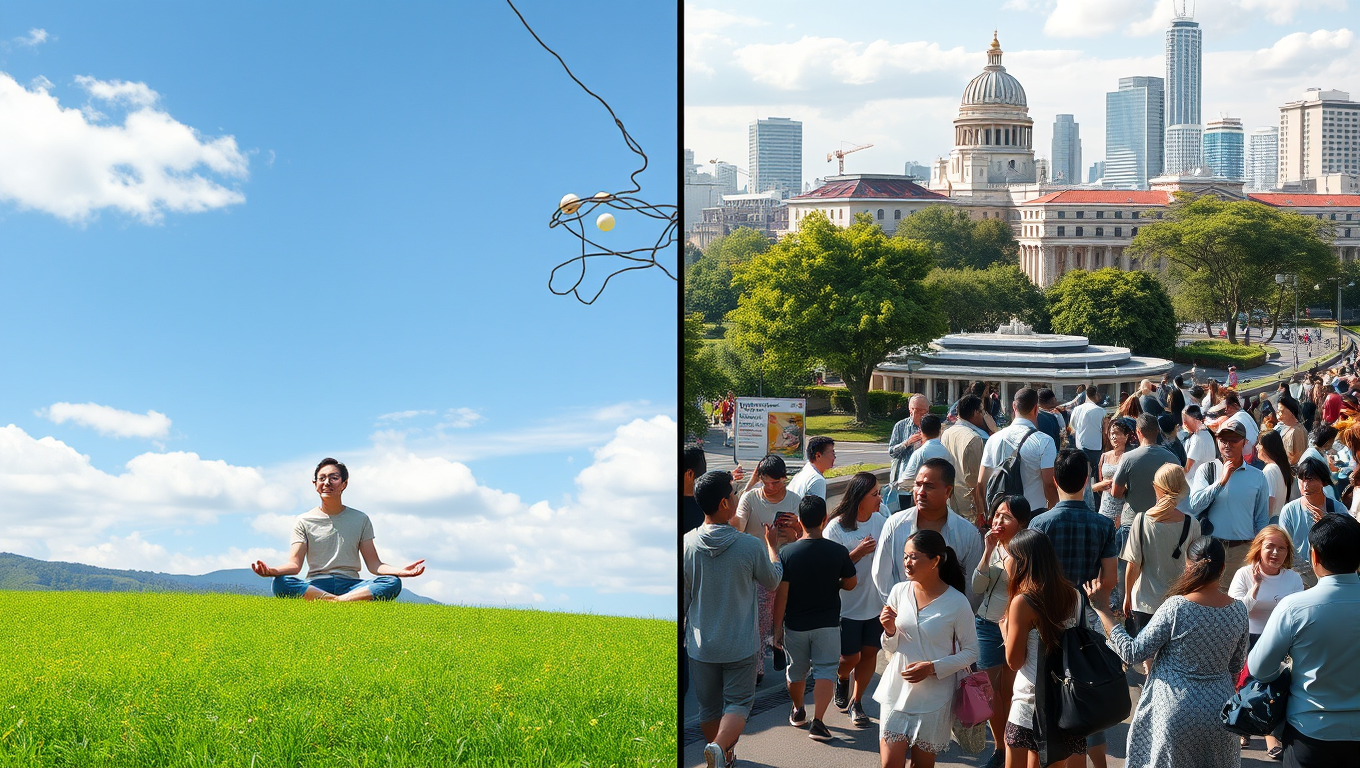
Anxiety
The Why Behind Exercise Matters More Than You Think
Movement helps your mood, but it’s not one-size-fits-all. Exercising for fun, with friends, or in enjoyable settings brings greater mental health benefits than simply moving for chores or obligations. Researchers emphasize that context — who you’re with, why you’re exercising, and even the weather — can make or break the mood-boosting effects.
Education and Employment
“Exercise Your Way: How Matching Workouts to Personality Can Boost Motivation and Results”
Less than a quarter of us hit WHO activity targets, but a new UCL study suggests the trick may be matching workouts to our personalities: extroverts thrive in high-energy group sports, neurotics prefer private bursts with breaks, and everyone sees stress levels drop when they find exercise they enjoy.
Anxiety
The Monday Effect: How Mondays Can Etch Stress into Your Biology for Months
Feeling jittery as the week kicks off isn’t just a mood—it leaves a biochemical footprint. Researchers tracked thousands of older adults and found those who dread Mondays carry elevated cortisol in their hair for months, a stress echo that may help explain the well-known Monday heart-attack spike. Even retirees aren’t spared, hinting that society’s calendar, not the workplace alone, wires Monday anxiety deep into the HPA axis and, ultimately, cardiovascular risk.
-

 Detectors3 months ago
Detectors3 months agoA New Horizon for Vision: How Gold Nanoparticles May Restore People’s Sight
-

 Earth & Climate4 months ago
Earth & Climate4 months agoRetiring Abroad Can Be Lonely Business
-

 Cancer4 months ago
Cancer4 months agoRevolutionizing Quantum Communication: Direct Connections Between Multiple Processors
-

 Agriculture and Food4 months ago
Agriculture and Food4 months ago“A Sustainable Solution: Researchers Create Hybrid Cheese with 25% Pea Protein”
-

 Diseases and Conditions4 months ago
Diseases and Conditions4 months agoReducing Falls Among Elderly Women with Polypharmacy through Exercise Intervention
-

 Chemistry4 months ago
Chemistry4 months ago“Unveiling Hidden Patterns: A New Twist on Interference Phenomena”
-

 Albert Einstein4 months ago
Albert Einstein4 months agoHarnessing Water Waves: A Breakthrough in Controlling Floating Objects
-

 Earth & Climate4 months ago
Earth & Climate4 months agoHousehold Electricity Three Times More Expensive Than Upcoming ‘Eco-Friendly’ Aviation E-Fuels, Study Reveals



